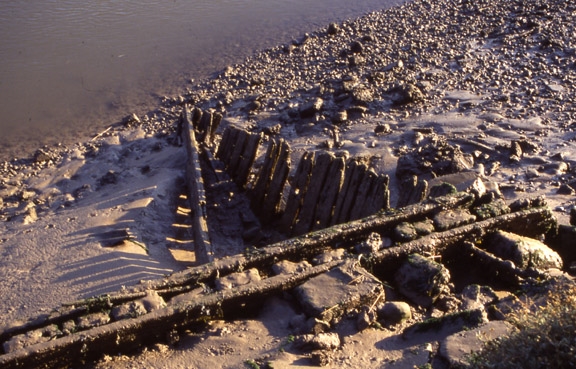
To commemorate the 100th anniversary of the start of the First World War, today’s image is of the timber structures at recorded at Stonar Cut, Richborough in 2005.
One of the least known structures of World War I is the Stonar Port, constructed between 1916-1918 to supply the Front Line in France and Belgium using the French canal network. Today only the upright timbers of the once extensive wharves survive to be seen in the water line along the River Stour.
Along with the structures that were added in the Second World War, this port and the many thousands of people who served their country in the two wars are not well known outside the military history field.
Find out more about our survey carried out in 2005 in the Virtual Museum.
Further reading:
Butler, R. 1999. Richborough Port. Pfizer Ltd. Sandwich
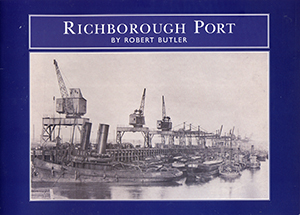
We have a very limited amount of these publications for sale. If you wish to purchase a copy for £5.00 plus £2.00 p&p (UK only) leave a comment and we will get back to you to arrange payment.
Update: You can now order this book from our Publications page
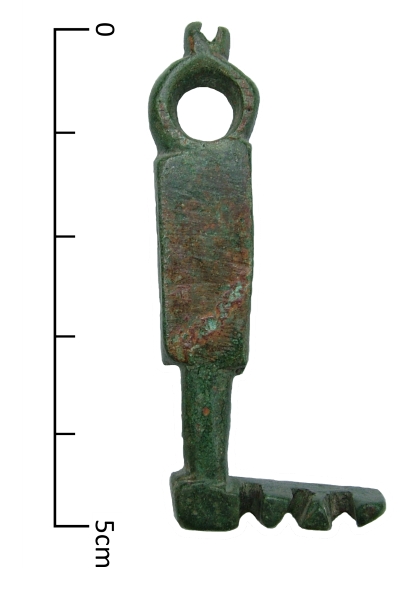
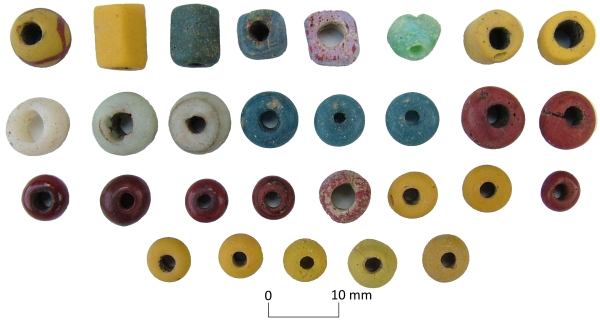
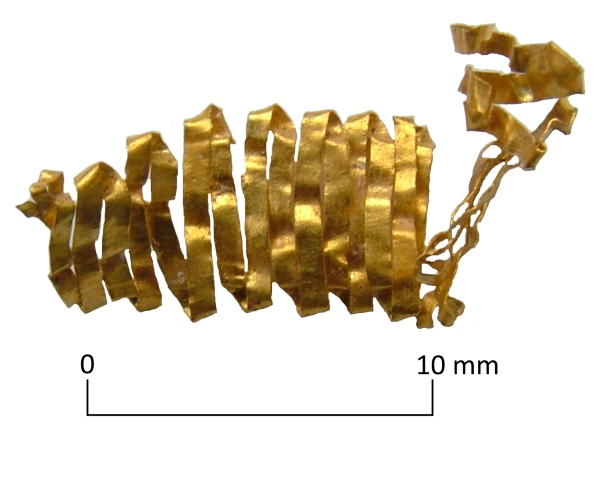
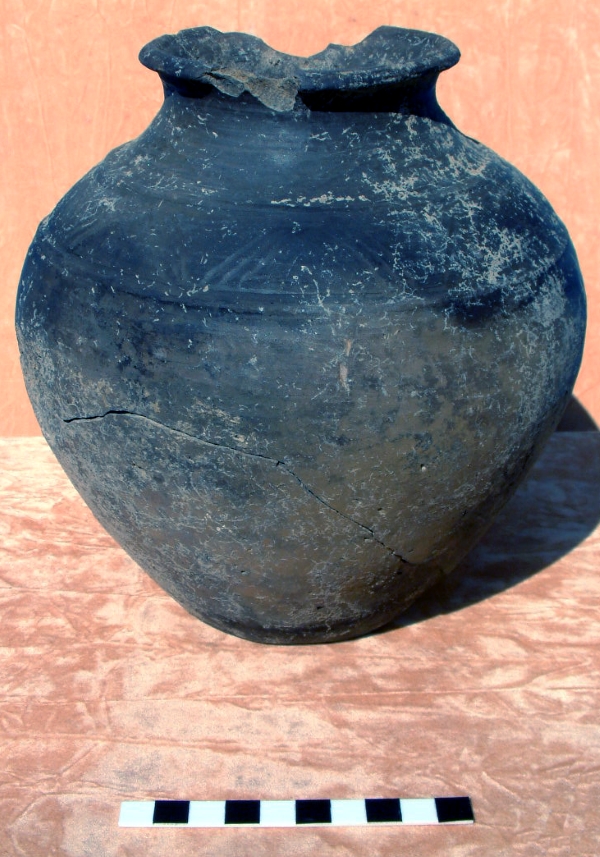
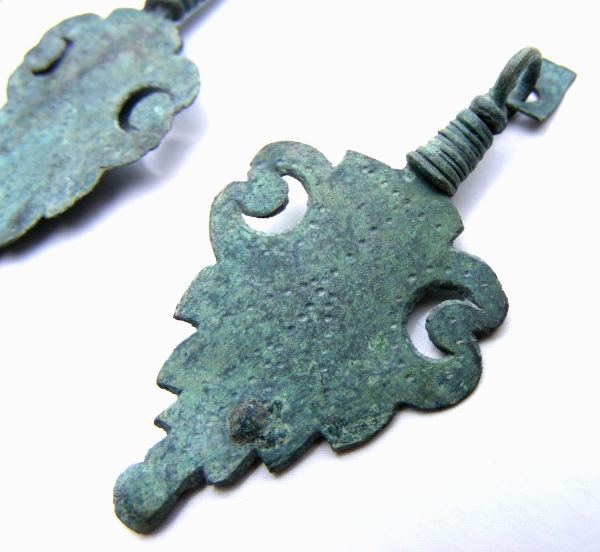
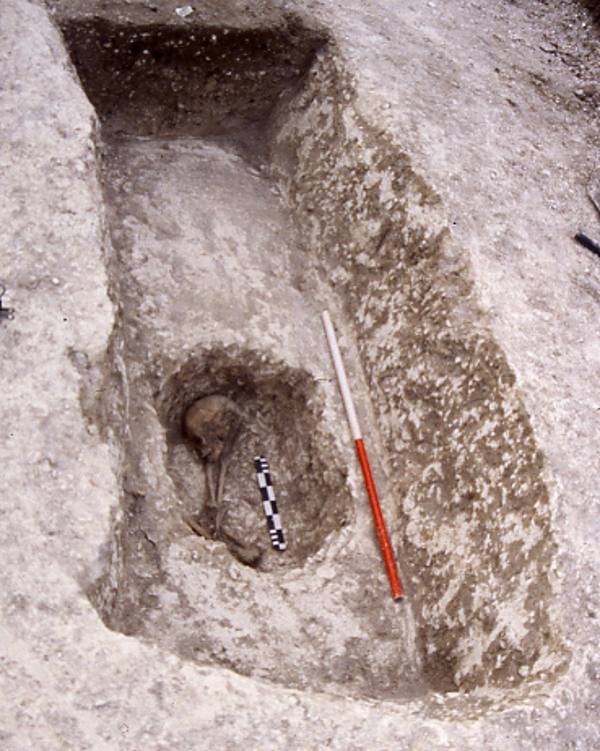
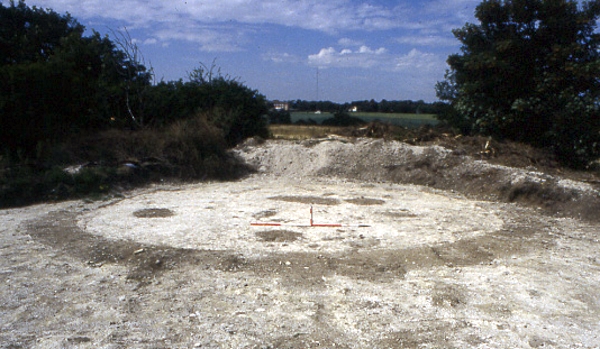
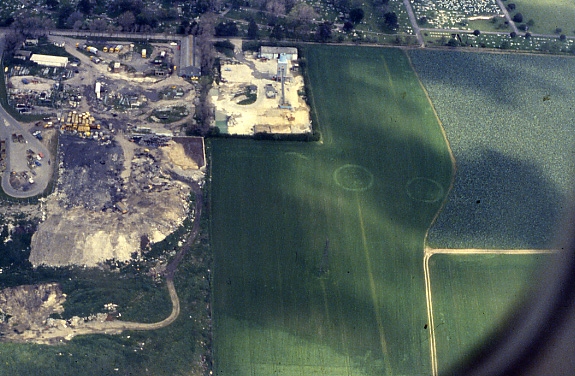
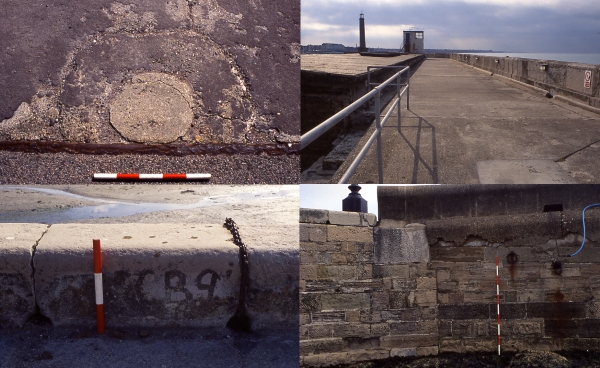 Our image today shows that Archaeology doesn’t have to be buried in the ground, or to be ancient, to reveal an important story of the past.
Our image today shows that Archaeology doesn’t have to be buried in the ground, or to be ancient, to reveal an important story of the past.